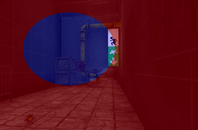
Designing rich content and graphics for VR experiences means creating complex materials and high-resolution textures. But rendering all that content at VR resolutions and frame rates can be challenging, especially when rendering at the highest quality. You can address this challenge by using variable rate shading (VRS) to focus shader resources on certain parts of an image��specifically��
]]>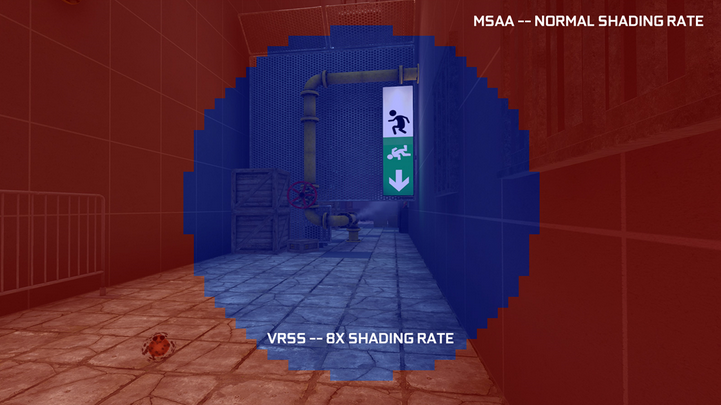
For information about VRSS 2, see Delivering Dynamic Foveated Rendering with NVIDIA VRSS 2. The Virtual Reality (VR) industry is in the midst of a new hardware cycle �C higher resolution headsets and better optics being the key focus points for the device manufacturers. Similarly on the software front, there has been a wave of content-rich applications and an emphasis on flawless VR��
]]>
We introduced Variable Rate Shading (VRS) last year with the Turing architecture. This new, easy to implement rendering technique allows developers to vary the amount of processing power spent across the image, to spend time and increase quality in the areas where they are most needed. Since virtual reality demands both a high performance and a high image quality, VRS is the perfect fit for VR��
]]>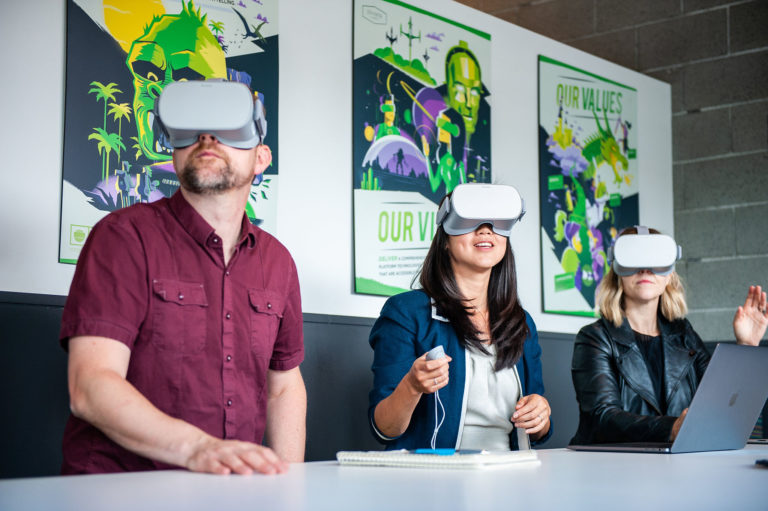
Pixvana��s cloud-based VR pipeline now incorporates the NVIDIA VRWorks 360 Video SDK. Pixvana strives to solve a number of challenges facing the VR creator by leveraging the power of cloud computing. Highlights of Pixvana��s VR pipeline include: This post provides an overview of the fundamentals of 360 video production. We��ll also zoom in on Pixvana��s suite of cloud-based tools as well as some��
]]>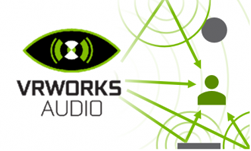
The field of Virtual Reality (VR) and its usage has evolved significantly over the past years. Technical advances in the field of VR continue to provide an ever-increasing degree of immersion, thus enabling its proliferation into new use cases and verticals. Today, VR is used not only to provide interactive gaming experience but also immersion for professional simulation use cases in industries��
]]>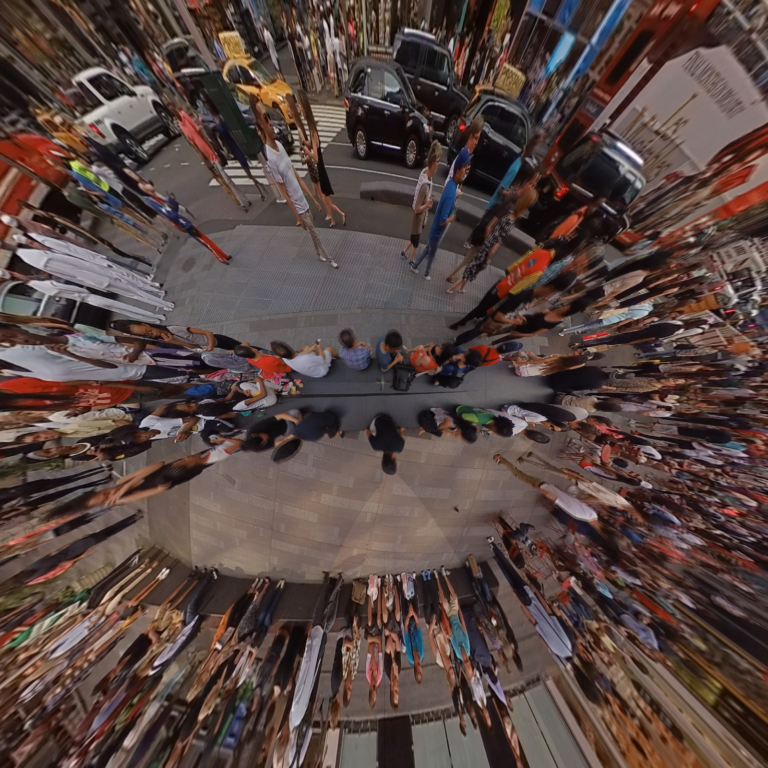
NVIDIA VRWorks 360 is no longer available or supported. For more information about other VRWorks products, see NVIDIA VRWorks Graphics. An ecosystem of camera systems and video processing applications surround us today for professional and consumer use, be it, for film or home video. The ability to enhance and optimize this omnipresent stream of videos and photos has become an important focus��
]]>
NVIDIA Turing GPUs enable a new, easily implemented rendering technique, Variable Rate Shading (VRS). VRS increases rendering performance and quality by applying a varying amount of processing power to different areas of the image. VRS works by changing the number of pixels that can be processed by a single pixel shader operation. Single-pixel shading operations can now be applied to a block��
]]>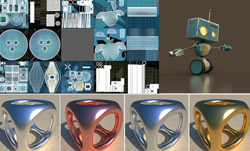
Today, in conjunction with the NVIDIA GPU Technology Conference (GTC) in San Jose, California, we are announcing major updates to our industry-leading DesignWorks and VRWorks SDKs and developer tools. Developers working in professional graphics, advanced rendering, video processing, 360-degree videos, material design, and 3D printing can immediately begin using the updated SDKs and tools.
]]>
NVIDIA VRWorks 360 is no longer available or supported. For more information about other VRWorks products, see NVIDIA VRWorks Graphics. There are over one million VR headsets in use this year, and the popularity of 360 video is growing fast. From YouTube to Facebook, most social media platforms support 360 video and there are many cameras on the market that simplify capturing these videos.
]]>